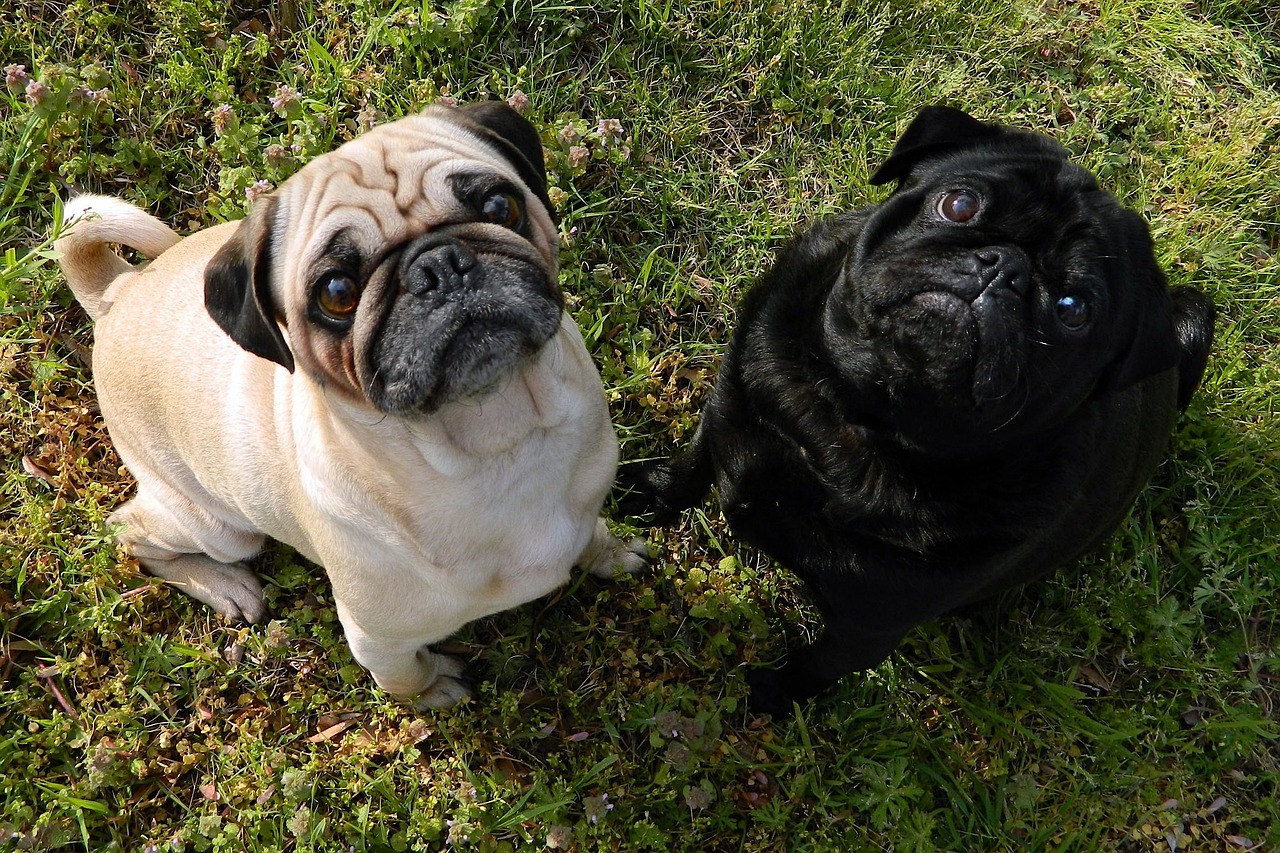Pugs, known for their compact size, expressive eyes, and adorable wrinkles, are lovable companions that bring joy and laughter to our lives. Despite their charm, Pugs can be predisposed to certain health issues. This article will discuss the five most common health problems in Pugs, their symptoms, and how to ensure prompt attention to these issues.

-
Brachycephalic Syndrome
Due to their short nose and flat face, Pugs often suffer from Brachycephalic Syndrome, a group of upper airway abnormalities. These can include stenotic nares (narrow nostrils), an elongated soft palate, and laryngeal saccule eversion.
Pugs with this syndrome often exhibit noisy or labored breathing, snorting, snoring, and in severe cases, fainting or collapsing. They may also struggle in hot weather. Veterinary attention is crucial, and surgical intervention might be necessary in more serious cases.
-
Eye Problems
Pugs’ large, protruding eyes are prone to a variety of issues, such as dry eye, corneal ulcers, or proptosis (displacement of the eye). Their facial wrinkles can also harbor bacteria, leading to skin infections around the eyes.
If you notice redness, discharge, excessive tearing, squinting, or your Pug constantly pawing at their eyes, it’s time for a vet visit. Regular cleaning of facial wrinkles can also help prevent infections.
-
Patellar Luxation
Patellar Luxation, a condition where the kneecap dislocates or moves out of its normal location, is common in small breeds like Pugs. This can lead to intermittent lameness or an abnormal gait, often described as a skip or a hop.
If your Pug appears to be in pain, limps, or exhibits an abnormal gait, a vet check-up is in order. Keeping your Pug at a healthy weight can also help manage this condition.
-
Obesity
Pugs love to eat, and they can be prone to obesity, which in turn can lead to other health issues like diabetes, heart disease, and joint problems.
If your Pug’s weight is increasing without a corresponding increase in their food intake or if they are becoming less active, consult your vet. A balanced diet and regular exercise can keep your Pug’s weight in check.
-
Pug Dog Encephalitis (PDE)
PDE is a serious inflammatory brain disease unique to Pugs. It’s an inherited condition, and its cause is currently unknown.
Symptoms of PDE can include seizures, blindness, pacing, aimless wandering, and personality changes. If your Pug exhibits any of these symptoms, seek veterinary care immediately. While there’s no cure for PDE, symptoms can be managed to improve your Pug’s quality of life.
In conclusion, while these health concerns might seem daunting, being informed and attentive can make all the difference. Regular vet check-ups, maintaining a healthy weight, and monitoring for changes in your Pug’s behavior or physical condition are critical in catching and managing these issues. Your vigilance and care can ensure your Pug leads a happy and comfortable life.
 Toledo, United States.
Toledo, United States.